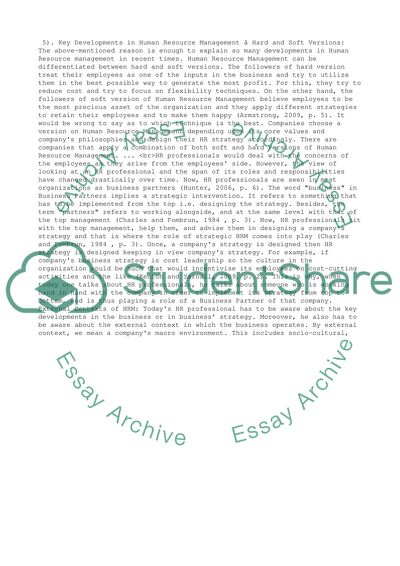Cite this document
(“Human Resource Management in Context Assignment”, n.d.)
Retrieved from https://studentshare.org/business/1397067-human-resource-management-in-context
Retrieved from https://studentshare.org/business/1397067-human-resource-management-in-context
(Human Resource Management in Context Assignment)
https://studentshare.org/business/1397067-human-resource-management-in-context.
https://studentshare.org/business/1397067-human-resource-management-in-context.
“Human Resource Management in Context Assignment”, n.d. https://studentshare.org/business/1397067-human-resource-management-in-context.


